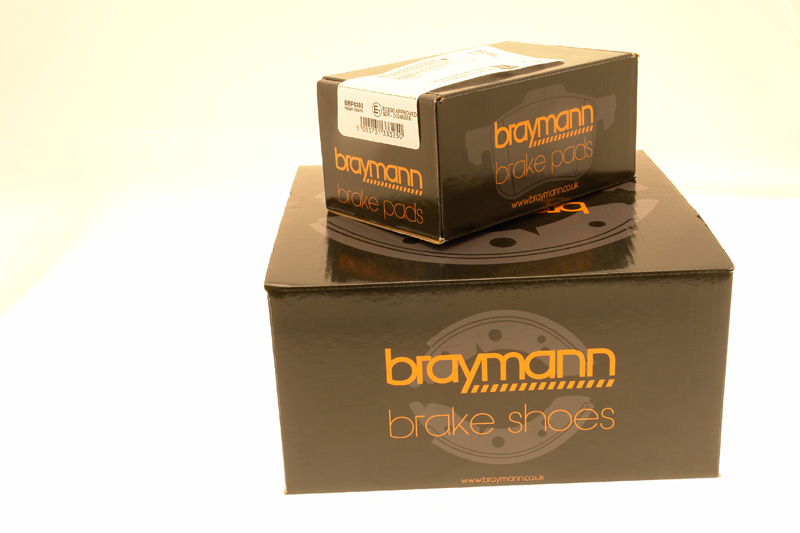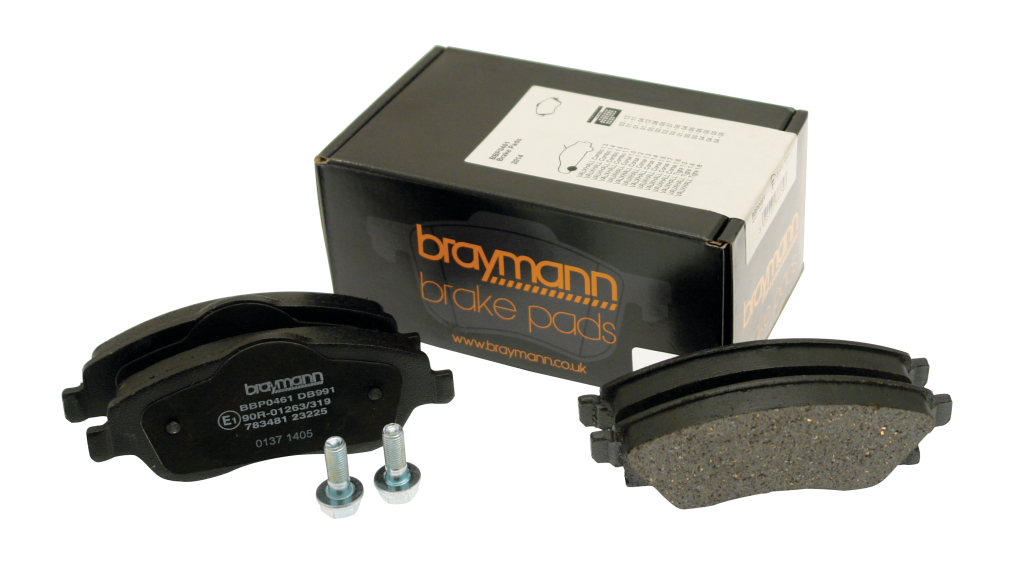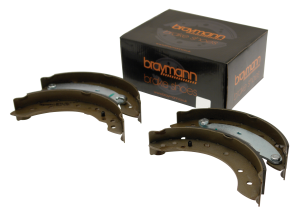
Specialising in offering high-quality braking solutions, Braymann explains common braking issues and the best practices when installing braking components.
Recognising the paramount importance of driver safety, Braymann’s braking components and accessories are manufactured to OE specifications, which is said to guarantee optimum performance. Whilst providing a wide range of OE quality brake pads and shoes, the Braymann portfolio, available from FPS, also includes wear leads, fitting kits, adjusters and caliper kits that cover over 1.7 million vehicles within the UK car parc.
Halting problems with timely replacements
Various conditions attribute to the wear and tear of braking components. Driving styles, terrain, traffic conditions and vehicle loads are some of the factors that determine the operating lifespan. As a result, there are no set intervals for replacing braking components despite being a safety critical part of the vehicle.
Symptoms of brake pad wear
Whilst some drivers can get up to 70,000 miles from a set of pads, others can only get significantly less. As serviceable items, brake pads should be monitored frequently.
Symptoms of worn brake pads include:
• Brake pedal vibration;
• Weak or ‘spongy’ brakes;
• Brakes grabbing and pulling.
In the event that brake pads need to be replaced as a result of these symptoms, Braymann recommends that they are always replaced in pairs.
Practise safety
Observing best practices during replacement can help avoid any potential threats to premature wear and tear in the future that could inhibit driver safety.
The rule of thumb that your customers should always be aware of is that when replacing pads or shoes, it is essential to replace the corresponding accessories such as caliper bolts, boots, springs and adjusters at the same time. These accessories would have gone through a similar, if not longer, operational life span as the part that is being replaced.
Worn accessories can increase the risk of:
- Brake noise and high pitch squealing;
- Unequal or incorrect wear to the brake pads;
- Premature damage to brake discs/rotors;
- Overheated brakes;
- Uneven braking which can affect stability and safety.
When an installer replaces these accessories with the brake pads, the caliper is less likely to seize or bind and the friction parts will wear as intended – as a complete system.
What’s the cause?
Noisy brakes often stem from the vibration of brake pads when the brake is applied. When the driver brakes heavily, the squeal stops because the extra pressure tends to dampen the vibrations. Whilst squealing under light braking may not pose a greater risk than annoyance, if squealing persists after hard braking, it is a sign of a more serious problem.
Persistent squealing, despite hard braking, is typically a sign the brake pads are worn and need replacing.







